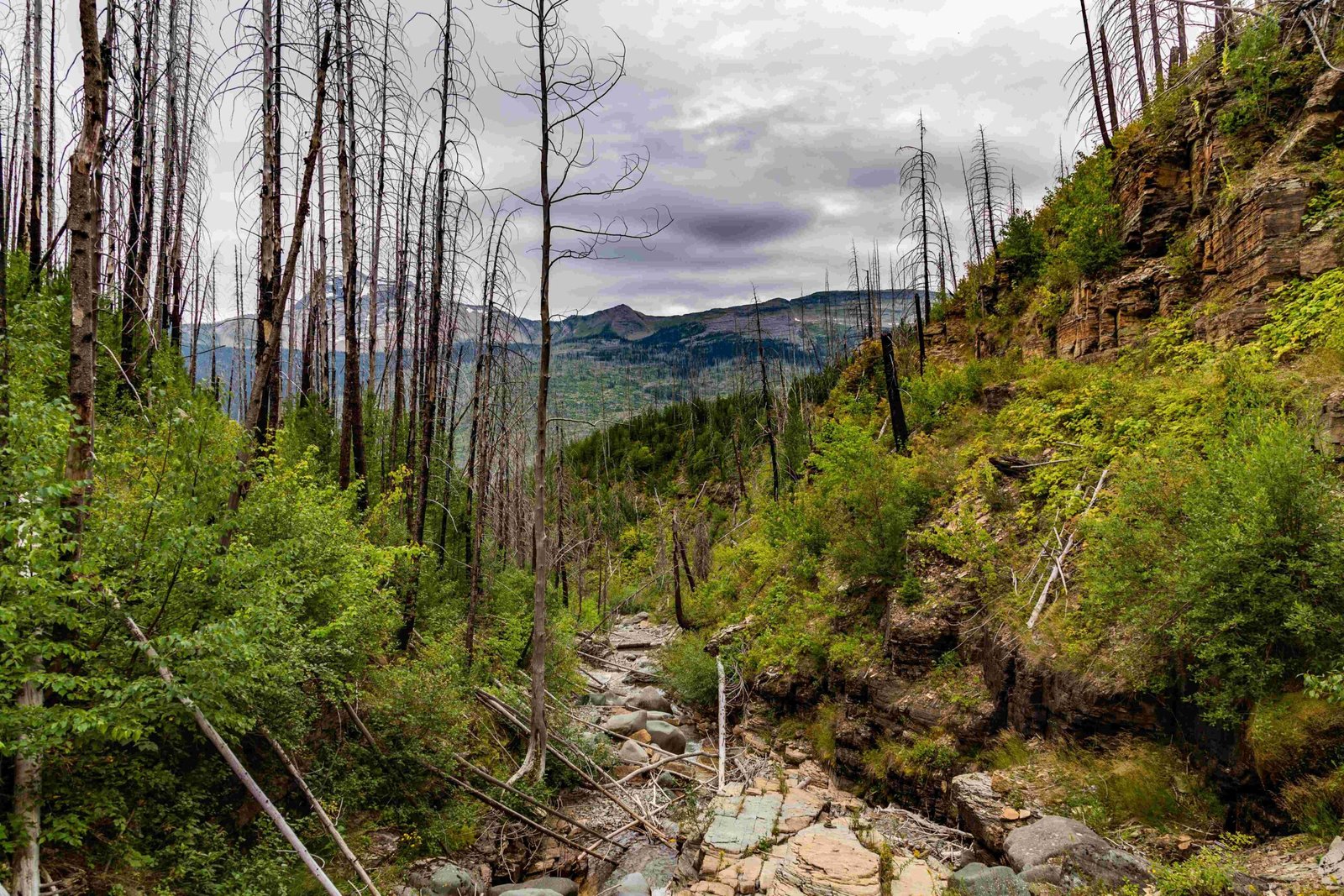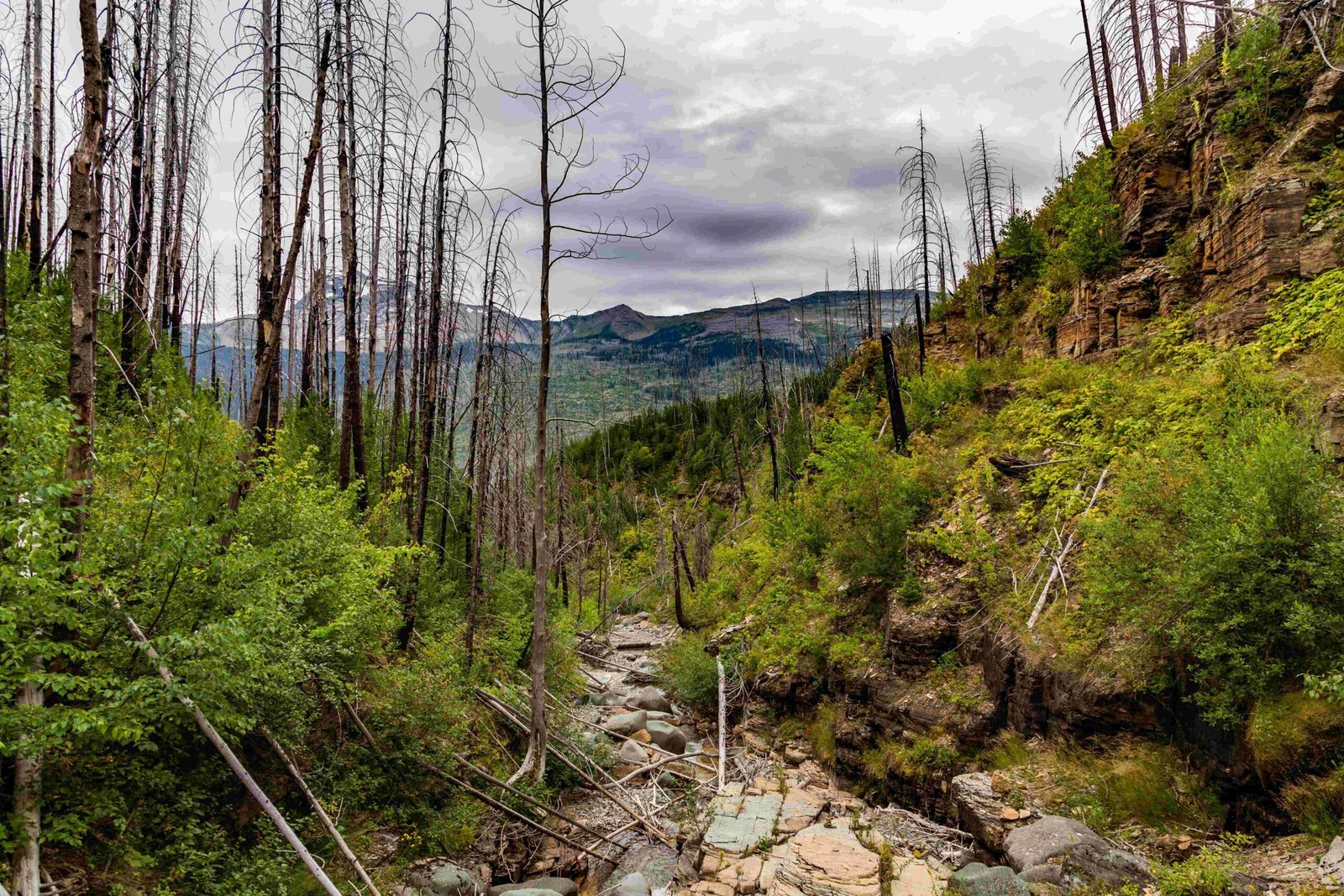Ariel America Glacier National Park, featured in the popular TV series ‘Aerial America’, showcases the breathtaking beauty of one of America’s most pristine wilderness areas. This park, located in Montana’s Rocky Mountains, is renowned for its rugged peaks, pristine forests, and alpine meadows. With over 700 miles of trails, Glacier National Park offers visitors a chance to explore diverse ecosystems, witness stunning geological formations, and encounter unique wildlife. The park’s crown jewel, the Going-to-the-Sun Road, provides an unforgettable journey through the heart of this natural wonder.
What Are the Key Features of Ariel America Glacier National Park?

Ariel America Glacier National Park boasts a variety of stunning features that make it a unique destination:
- Diverse Landscapes
- Rugged mountain peaks
- Pristine alpine lakes
- Lush forests
-
Expansive meadows
-
Geological Wonders
- Over 50 glaciers
- The Lewis Overthrust
-
Ancient stromatolites
-
Rich Biodiversity
- Over 1,000 plant species
-
Diverse wildlife including grizzly bears, mountain goats, and wolverines
-
Cultural Heritage
- Native American history
- Early European exploration
How Does Ariel America Showcase Glacier National Park?

The Aerial America series provides a unique perspective on Glacier National Park:
- Aerial Cinematography
- Sweeping views of mountain ranges
- Bird’s-eye perspective of glacial valleys
-
Panoramic shots of pristine lakes
-
Seasonal Transformations
- Snow-capped peaks in winter
- Wildflower blooms in spring
-
Autumn foliage displays
-
Wildlife Habitats
- Aerial views of diverse ecosystems
-
Glimpses of wildlife in their natural settings
-
Human Impact
- Views of historic lodges and chalets
- Perspective on conservation efforts
What Are the Must-See Locations in Ariel America Glacier National Park?
- Going-to-the-Sun Road
- 50-mile scenic drive
- Crosses the Continental Divide
-
Offers spectacular views of the park’s interior
-
Lake McDonald
- Largest lake in the park
- Crystal-clear waters reflect surrounding mountains
-
Historic Lake McDonald Lodge on its eastern shore
-
Many Glacier
- Often called the “Switzerland of North America”
- Home to numerous hiking trails
-
Swiftcurrent Lake and its historic hotel
-
Two Medicine
- Less crowded area of the park
- Sacred to the Blackfeet Nation
-
Offers boat tours and scenic hikes
-
Logan Pass
- Highest point on Going-to-the-Sun Road
- Home to the Hidden Lake Trail
- Frequent wildlife sightings, including mountain goats
How Can Visitors Best Experience Ariel America Glacier National Park?
To fully appreciate the park as seen in Aerial America, consider these options:
- Scenic Drives
- Going-to-the-Sun Road
- North Fork Road
-
Chief Mountain Highway
-
Hiking Trails
- Highline Trail
- Iceberg Lake Trail
-
Grinnell Glacier Trail
-
Boat Tours
- Lake McDonald
- St. Mary Lake
-
Two Medicine Lake
-
Guided Tours
- Red Bus Tours
- Ranger-led programs
-
Native American cultural tours
-
Scenic Flights
- Helicopter tours
- Small plane flights
- Provides an experience similar to Aerial America
What Wildlife Can Be Seen in Ariel America Glacier National Park?
The park is home to a diverse array of wildlife:
- Large Mammals
- Grizzly bears
- Black bears
- Moose
- Elk
- Mountain goats
-
Bighorn sheep
-
Small Mammals
- Marmots
- Pikas
- Wolverines
-
Lynx
-
Birds
- Golden eagles
- Osprey
- Harlequin ducks
-
Clark’s nutcrackers
-
Fish
- Westslope cutthroat trout
- Bull trout
- Lake trout
How Does Climate Change Impact Ariel America Glacier National Park?
Climate change is significantly affecting the park:
- Glacial Retreat
- Rapid melting of glaciers
-
Only 26 named glaciers remain out of 150 in 1850
-
Ecosystem Changes
- Shifts in plant and animal habitats
-
Increased wildfire frequency and intensity
-
Water Resources
- Changes in snowpack and spring runoff
-
Impacts on aquatic ecosystems
-
Wildlife Adaptation
- Changes in migration patterns
- Shifts in predator-prey relationships
What Are the Best Seasons to Visit Ariel America Glacier National Park?
Each season offers unique experiences:
- Summer (June-August)
- Peak tourist season
- All park facilities open
-
Best time for hiking and wildlife viewing
-
Fall (September-October)
- Fewer crowds
- Beautiful fall colors
-
Cooler temperatures ideal for hiking
-
Winter (November-April)
- Limited access to many areas
- Opportunities for cross-country skiing and snowshoeing
-
Quiet, serene atmosphere
-
Spring (May-June)
- Wildflower blooms
- Waterfalls at peak flow
- Some areas still closed due to snow
How Can Photographers Capture the Beauty of Ariel America Glacier National Park?
Tips for photographers:
- Best Locations
- Logan Pass for alpine scenery
- Wild Goose Island Overlook for iconic shots
-
Many Glacier for reflections and wildlife
-
Optimal Times
- Sunrise and sunset for golden hour light
-
Clear nights for astrophotography
-
Equipment Recommendations
- Wide-angle lens for landscapes
- Telephoto lens for wildlife
-
Sturdy tripod for low-light conditions
-
Seasonal Opportunities
- Summer for wildflowers and green landscapes
- Fall for colorful foliage
- Winter for snow-covered scenes
What Conservation Efforts Are in Place for Ariel America Glacier National Park?
The park is actively involved in conservation:
- Glacier Monitoring
- Regular surveys of remaining glaciers
-
Documentation of glacial retreat
-
Wildlife Protection
- Grizzly bear recovery program
-
Aquatic invasive species prevention
-
Native Plant Restoration
- Removal of non-native plants
-
Replanting of native species
-
Sustainable Tourism
- Shuttle system to reduce traffic
- Education programs for visitors
By exploring these aspects of Ariel America Glacier National Park, visitors can gain a deeper appreciation for this natural wonder and the importance of preserving it for future generations.